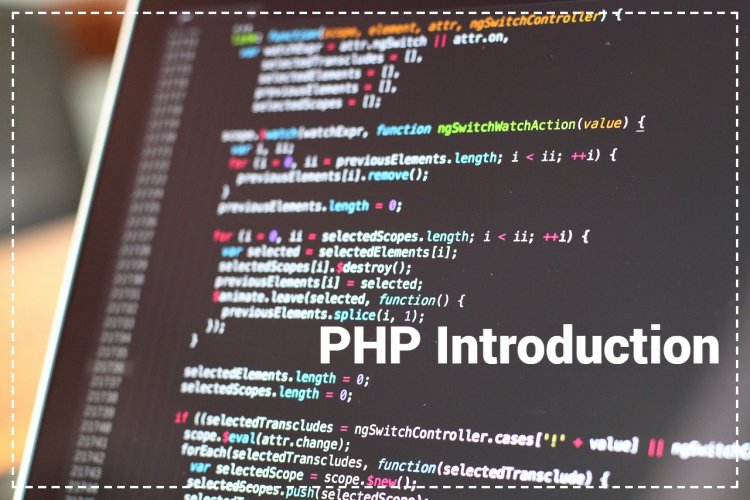How do I Learn PHP? A Complete Guide for Beginners - w9school
PHP is a widely-used, free, and efficient alternative to competitors such as Microsoft's ASP. PHP is a server scripting language, and a powerful tool for making dynamic and interactive Web pages.

|
"The only way to do great work with PHP is to love what you do. If you haven't found it yet, keep looking. Don't settle." - Steve Jobs |
PHP Introduction |
What You Should Already Know |
|
Before you continue you should have a basic understanding of the following: If you want to study these subjects first, find the tutorials on our Home page. And if you have basic understanding of above mentioned subjects already then follow this article: |
What is PHP? |
|
Some Key Features of PHP |
|
Key features of PHP include:
|
Uses of PHP |
|
Here are some of the common uses of PHP:
These are just a few examples of the many uses of PHP. Its flexibility and extensive community support have contributed to its longevity and continued relevance in the world of web development. |
Why should you Learn PHP |
|
Learning PHP can be beneficial for several reasons, particularly if you are interested in web development or software engineering. Here are some compelling reasons why learning PHP could be a good choice:
Overall, learning PHP can be a valuable addition to your skill set, especially if you are interested in web development or software engineering. It equips you with the knowledge to build interactive and data-driven web applications, which are essential skills in today's technology-driven world. |
What is a PHP File? |
|
History of PHP |
|
The history of PHP dates back to the early 1990s when it was originally created as a set of simple scripts by Rasmus Lerdorf. The name "PHP" initially stood for "Personal Home Page" because it was designed to help Lerdorf manage his personal website. Over time, the tool gained popularity, and its capabilities expanded, leading to its transformation into a more general-purpose programming language. Here are the key milestones in the history of PHP:
Throughout its history, PHP has continued to evolve and adapt to the changing needs of web development. It remains one of the most popular and widely used server-side scripting languages, powering millions of websites and web applications across the internet. |
| We will be learning PHP 7 in this tutorial. |
PHP Installation |
What Do you Need?To start using PHP, you can:
Use a Web Host With PHP SupportIf your server has activated support for PHP you do not need to do anything. Just create some You do not need to compile anything or install any extra tools. Because PHP is free, most web hosts offer PHP support. Set Up PHP on Your Own PCHowever, if your server does not support PHP, you must:
The official PHP website (PHP.net) has installation instructions for PHP: http://php.net/manual/en/install.php PHP Online Compiler / EditorYou can use an online PHP compiler / editor. You can select from the links given below: https://www.w3schools.com/php/php_compiler.asp https://www.programiz.com/php/online-compiler/
|
What's Your Reaction?




















